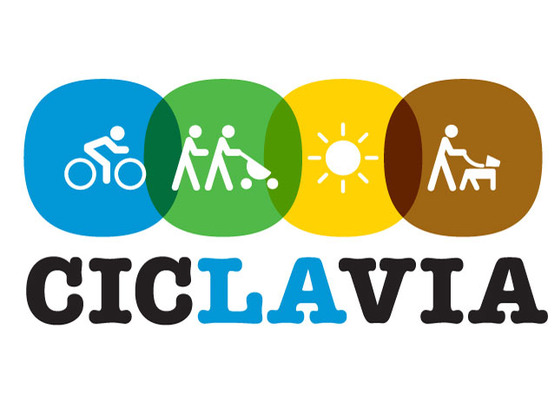Joel Garreau made the point in his book,
Edge City, that “every American city that is growing is growing in the fashion of Los Angeles.” Studying the patterns of growth found within the Los Angeles region allow us to examine the principle dynamics of contemporary urbanization (de-centered growth, poly-nucleation and sprawl) and propose appropriate planning solutions. These dynamics have produced the unique urban form and scattered travel patterns (and congestion) that characterize Los Angeles today, which many planners are now working so hard to fix.
A tremendous amount of work is being done to correct the problems and negative externalities caused by decades of unchecked growth. Extending the "subway to the sea" is one such effort, which is clearly vital to the public health, economic strength and cultural vitality of the Westside and the region. Despite the overwhelming evidence demonstrating the need for extending the subway west under Wilshire Boulevard, which I support strongly, building a transportation network based on a hub and spoke model ignores the very nature of urban growth and travel patterns in Los Angeles. Not all roads lead to downtown, nor should they. Building a de-centered, poly-nucleated transportation network that relies on linkages and connections would mirror the urban system that it is purported to serve.

Sending a spur of the subway through West Hollywood to connect to the existing Red Line station at Hollywood and Highland is exactly the sort of linkage that I'm talking about. Providing transportation connections that don't require a ride through downtown increase options for riders and facilitate easy access to other parts of the region like West Hollywood, while making the rail system more robust and effective overall.
The public comment period for the Westside Subway extension ends October 18, 2010. Be sure to email your comments in support of a West Hollywood alignment by clicking on the link under
"Contact Us." 










